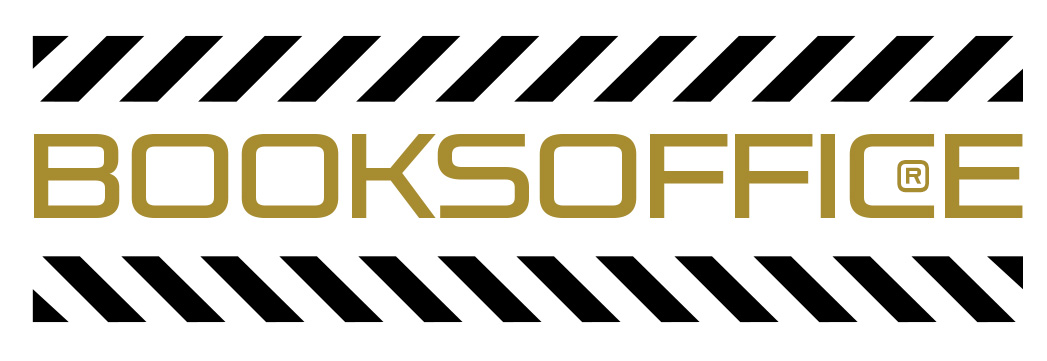Write a Logline that sells your story
We’ll help you tick all the boxes
The four main elements of a logline
The Protagonist
Your main character, our hero
The Goal
What must your character achieve? This is the driving factor of your story
The Key Incident
A key event for your protaganist that acts as a catalyst; the launchpad for your story
The Challenge
What or who is standing in your protaganists way, what or who must they overcome to achieve their goal
Our Top 10 Tips
1. Describe Your Protagonist
Although there are no hard and fast rules, generally avoid names and use an adjective and a noun to describe your protagonist. Write down as many descriptions as you can and pick the one that best describes you hero. Here are a couple of real examples from films:
Finding Nemo: ‘An anxious clown fish goes on a journey through the treacherous ocean to find his missing son after he was swept out to sea’
Bridesmaids: ‘A down-on-her-luck pastry chef clashes with a competitive bridesmaid while struggling to handle maid-of-honor duties for her best friend’s wedding.’
2. The Inciting Incident: make it a strong Catalyst
This is the ‘call to adventure’ and should be described in compelling terms, make it resonate with your audience as a reason for your hero to take action:
Paranormal Activity: ‘A young couple becomes increasingly disturbed by a seemingly demonic presence in their new suburban home and must figure out how to stop it before it’s too late’
Manchester by the Sea: ‘When his brother dies, a depressed handyman is forced to return to his hometown and confront his horrific past having been made sole guardian of his spirited 16-year-old nephew.’
3. The Goal: is it a worthy Quest?
What must your protagonist do in light of the catalyst? What is their goal? This is where you want your audience to be invested in their quest, gain their empathy and have them championing your protagonist. It might be heroic, it might be grand, or it might be an emotional battle that pulls on the heartstrings, but it must engage :
Star Wars: A New Hope: ‘When an optimistic farm boy discovers that he has powers, he teams up with other rebellion fighters to save the galaxy from a sinister force’
Django Unchained: ‘With the help of a German bounty hunter, a freed slave sets out to rescue his wife from a brutal Mississippi plantation owner’
4. The Challenge: Make it High Stakes
Your protagonist is sure to face challenges along their way; which is their highest stake challenge? A person, a situation, something they face within themselves? Whichever it is, find the best adjective to bring the full force of its difficulty into focus:
ET: The Extra Terrestrial: ‘A meek and alienated little boy finds a stranded extraterrestrial. He has to find the courage to defy the authorities to help the alien return to its home planet.’
El Mariachi: ‘A traveling mariachi is mistaken for a murderous criminal and must hide from a gang bent on killing him.’
5. Remember: It’s all relative
The real power in these elements lies in the understanding that they are all relative. A simple challenge for one kind of person might seem insurmountable for another, if your hero is vulnerable (perhaps if they are young and inexperienced) then its important for your audience to understand that in your description of your protagonist so they get a better sense of the enormity of the goal. Choose you adjectives with care and make sure to explore as many options as possible.
6. Set it Up!
Your setting or location is often an integral if not critical element to your story – make sure you have context!
Happy Valley (TV) : ‘“When a kidnap spirals out of control, Yorkshire police sergeant Catherine Cawood comes face to face with the man who destroyed her family” .’
Taxi Driver: ‘A mentally unstable Vietnam war veteran works as a night-time taxi driver in New York City where the perceived decadence and sleaze feeds his urge for violent action, attempting to save a preadolescent prostitute in the process.’
7. Add a touch of Irony
Adding irony lets the audience know to expect the unexpected and that there is something unconventional about what they are about to experience. It adds anticipation and intrigue – and can also create a sense of empathy. For example, in Dances With Wolves, our protagonist is a suicidal soldier, yet he must come to the rescue of the Indians to save them from slaughter by his own army. In Gladiator, Rome’s greatest general must resort to becoming a humble gladiator in order to save his empire.
Irony is not the easiest concept, but a really powerful one, if you want a more thorough explanation, take a look at this blog post on Reedsy.
8. Make Every Word Count
Your logline must encapsulate your story in a single sentence (rarely there are two). Although there’s no official maximum word count, on BooksOffice we use the commonly quoted target of less that 30 words – so you must be sure every word counts and that each adds to its maximum effect. If one of your words does not add significantly to the persuasive power of the logline, cut it out or replace it with one that does! To make sure, write your best logline – then walk away. Then come back and refine it – and then refine it again.
9. Don’t tell it. Sell it!
Don’t give away the twist! Your logline is a teaser, a compellingly magnetic description that lures your reader into wanting more, but without giving away that secret twist at the end. Keep them keen!
10. Test it
Get some feedback on your masterpiece – after all, you need for it to be the best it can be to create a successful pitch – whether that pitch is to a producer, to your audience , or to yourself. Although the most important opinion is your own (it’s YOUR story!) be prepared to consider advice if it has the potential to make it better!
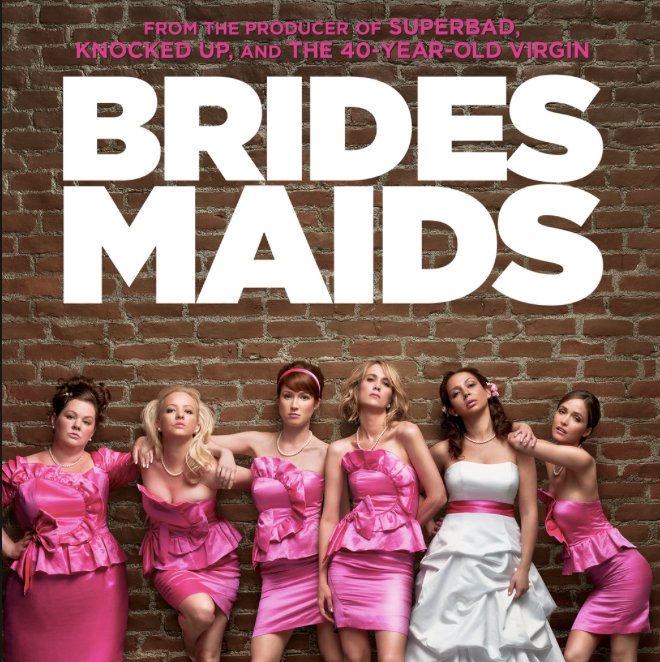
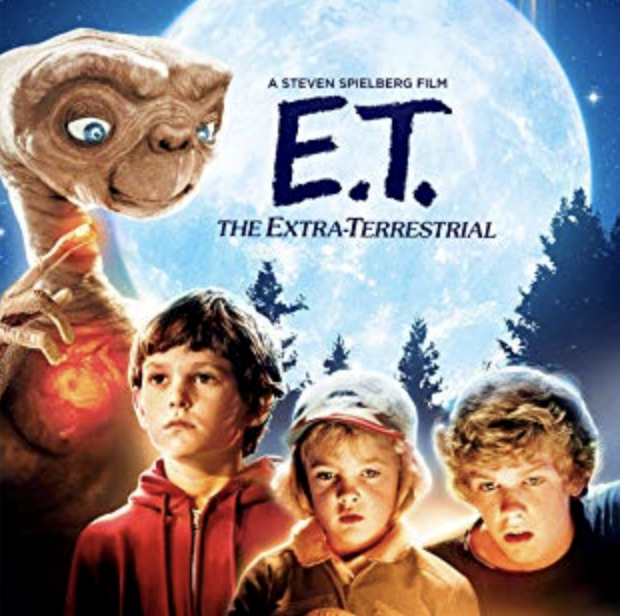
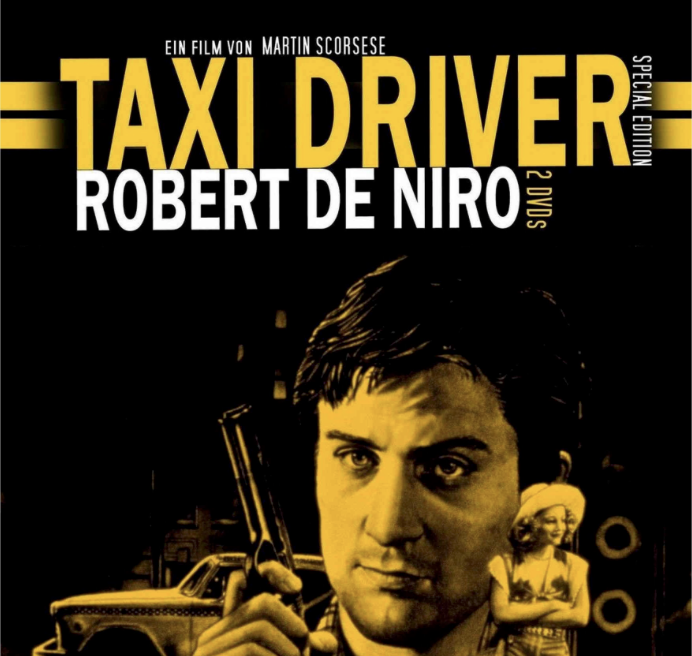
Want more on loglines?

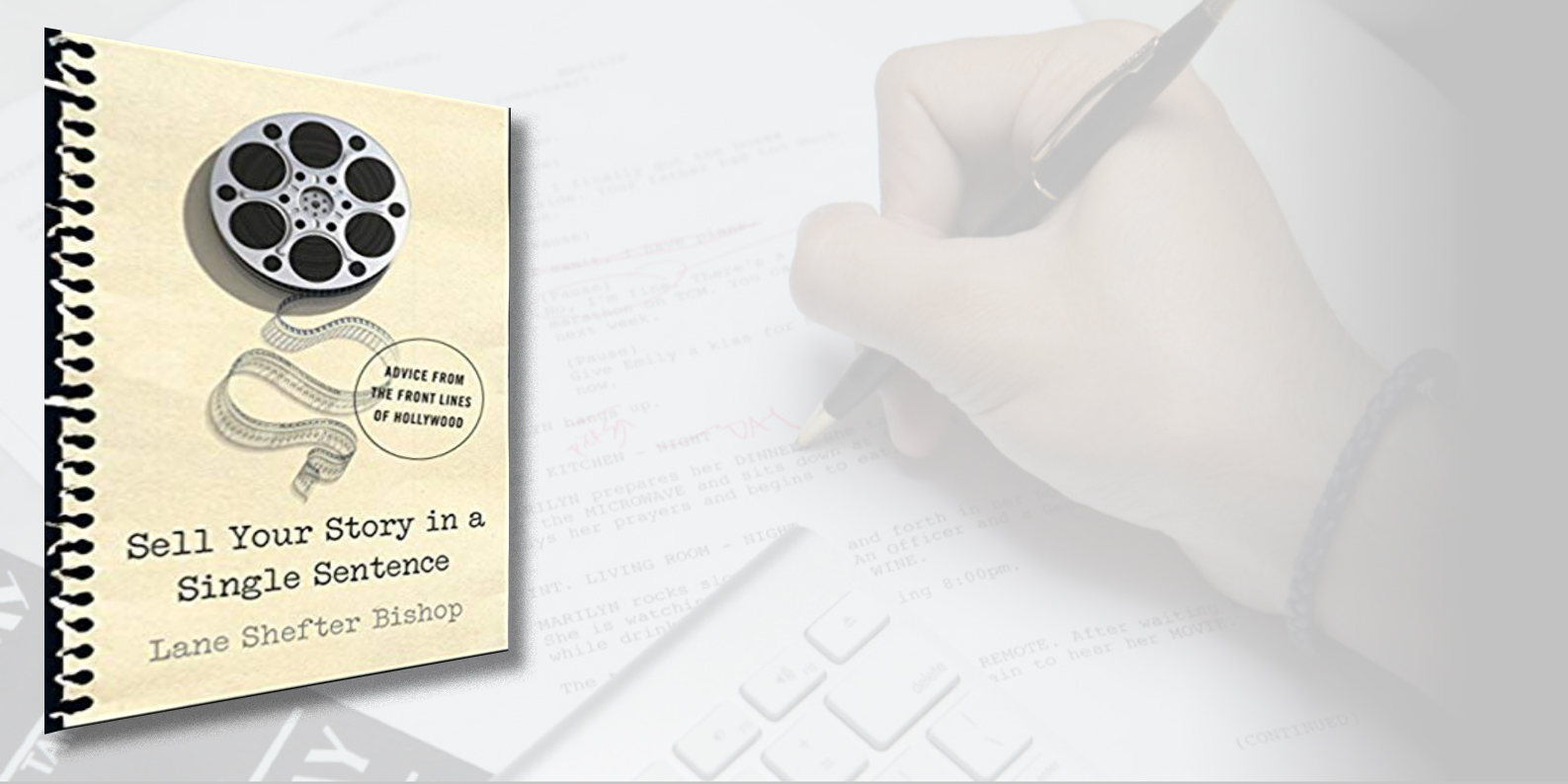
Sell your story in a Single Sentence
If you want to read more on crafting the best logline, we recommend this little gem. Lane Shefter Bishop is a Hollywood insider and an expert in taking stories from Book to Screen – so this book is priceless when it comes to refining and focusing your attention.
